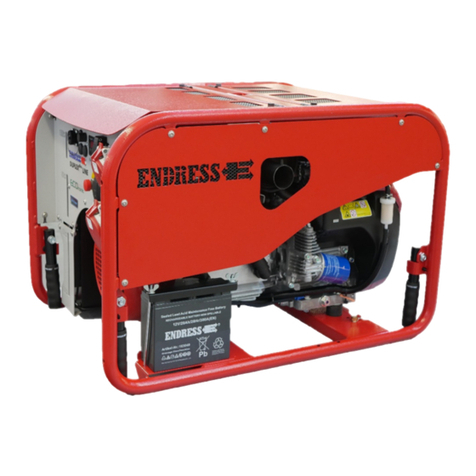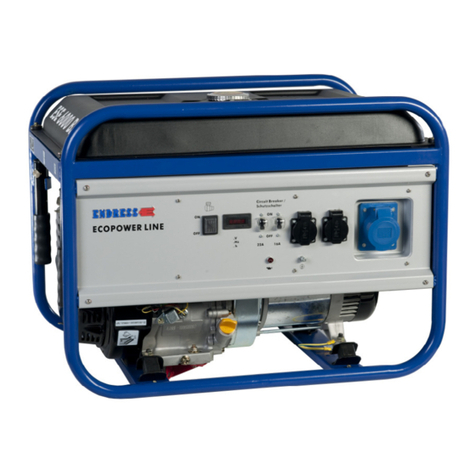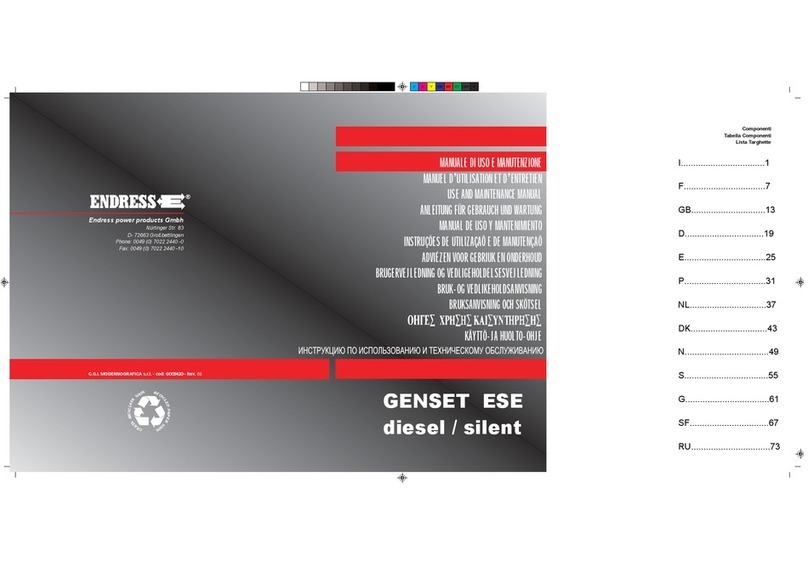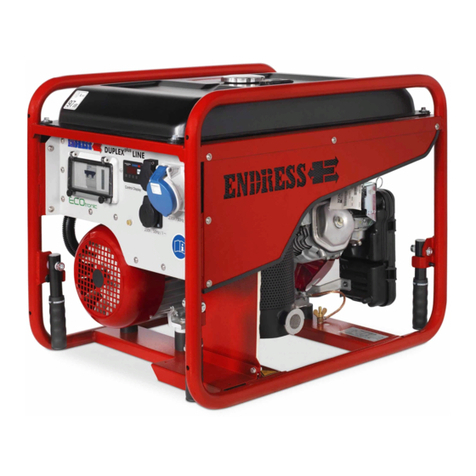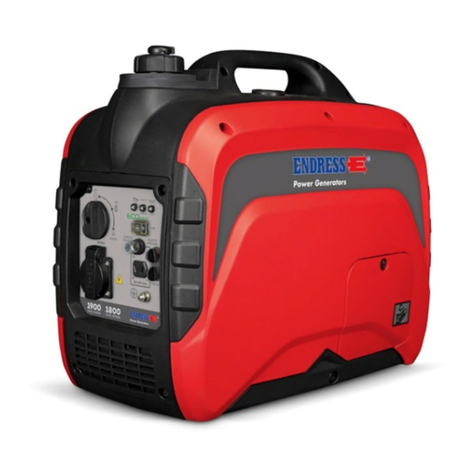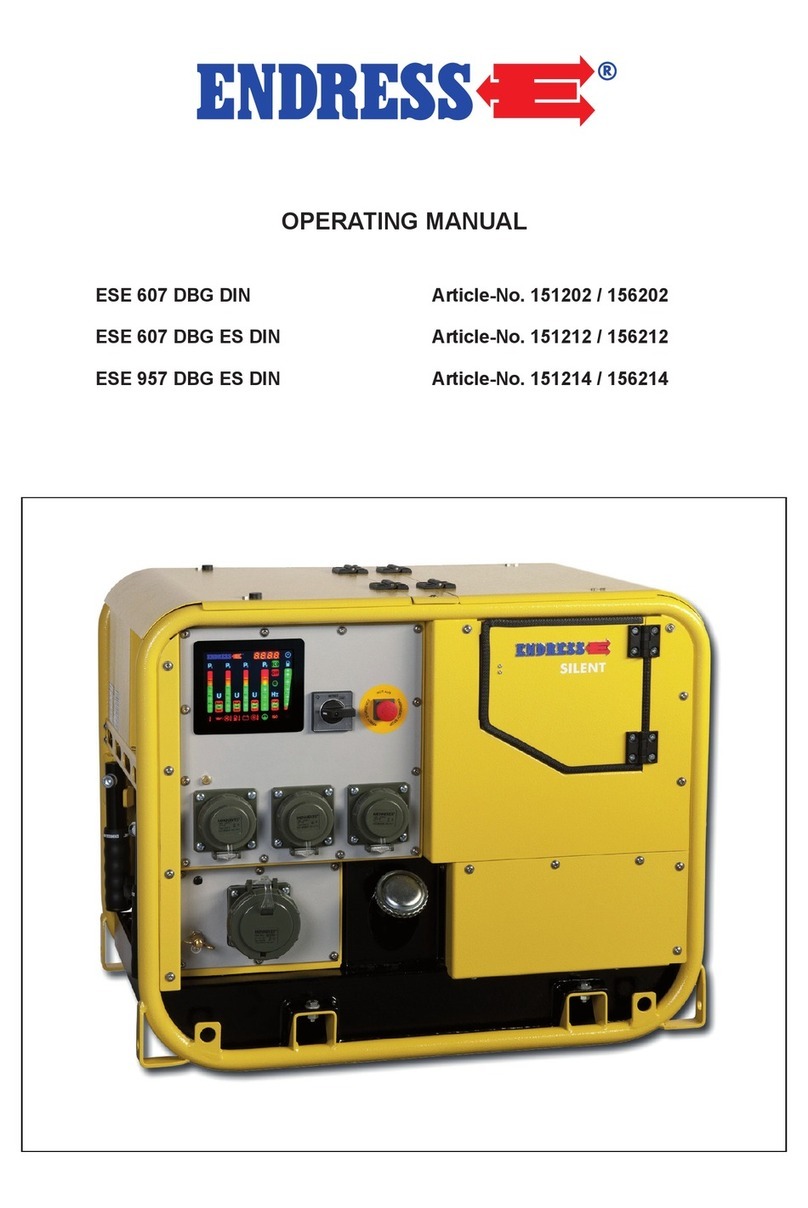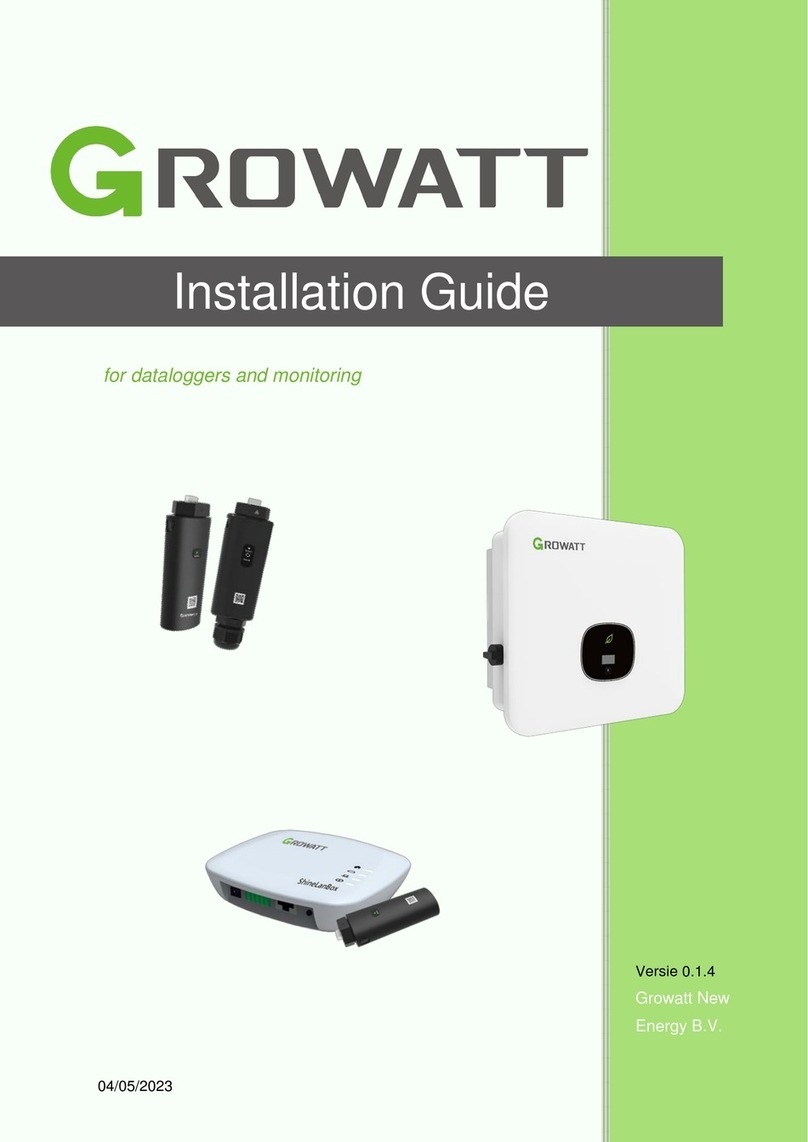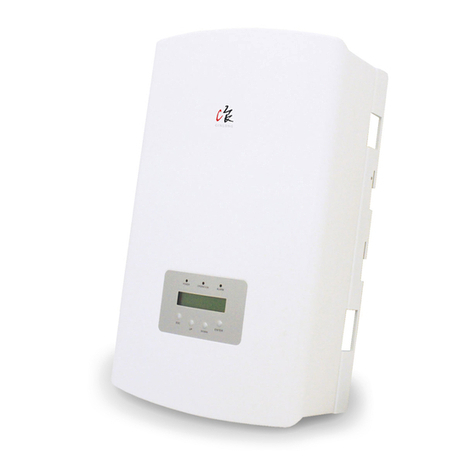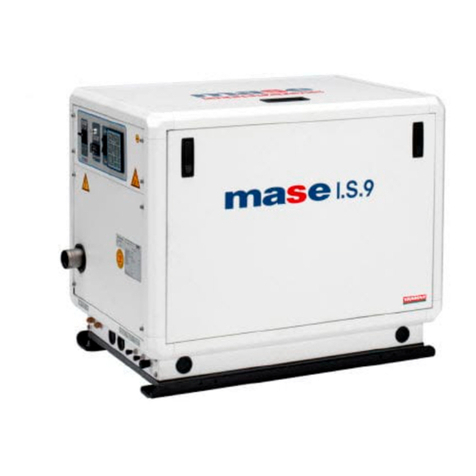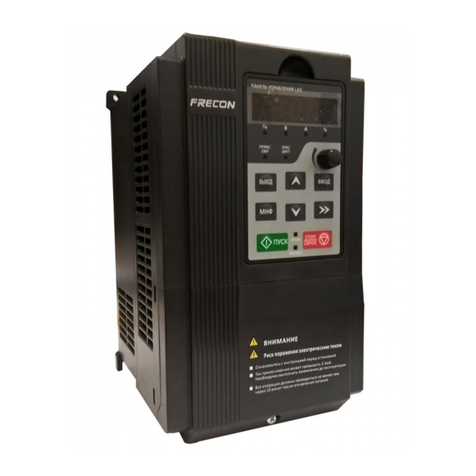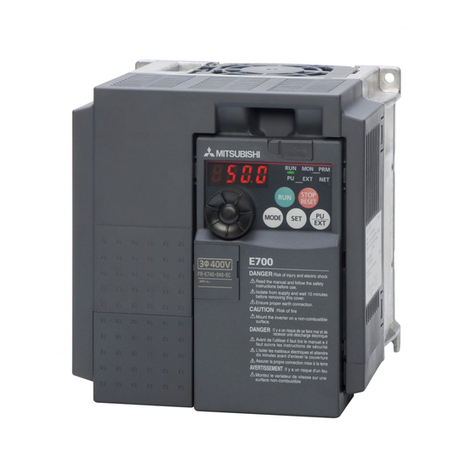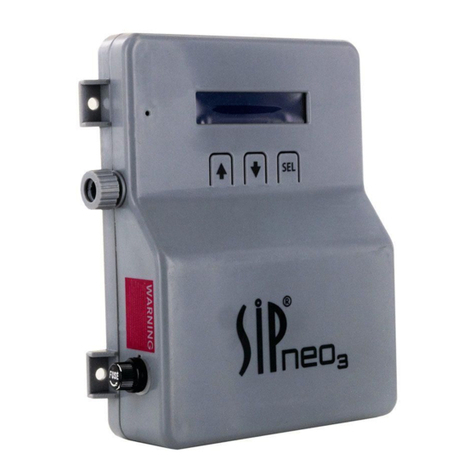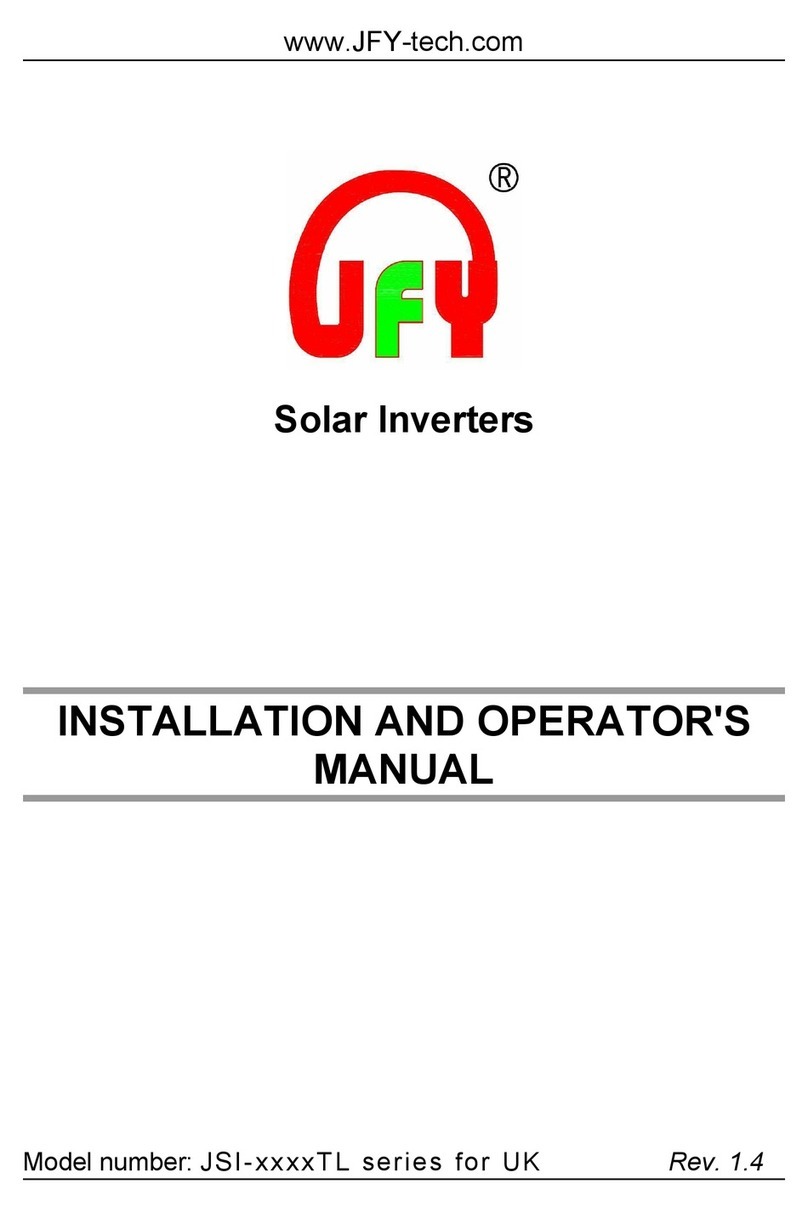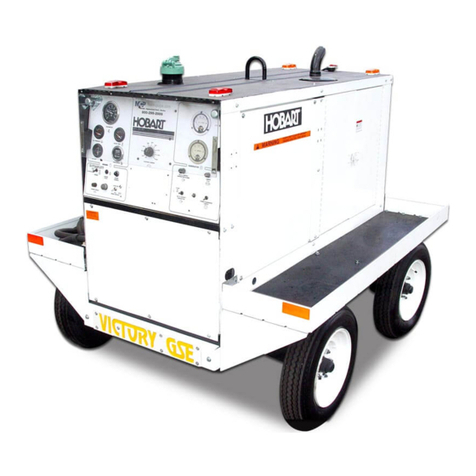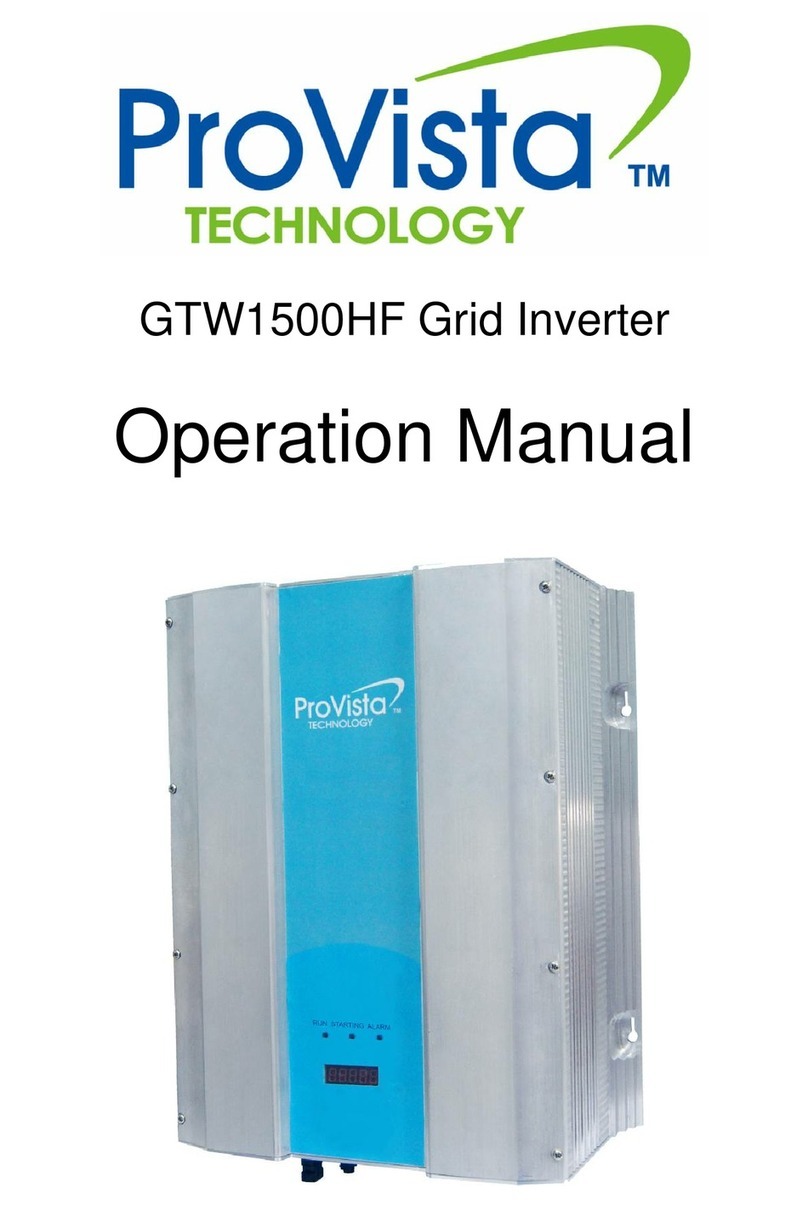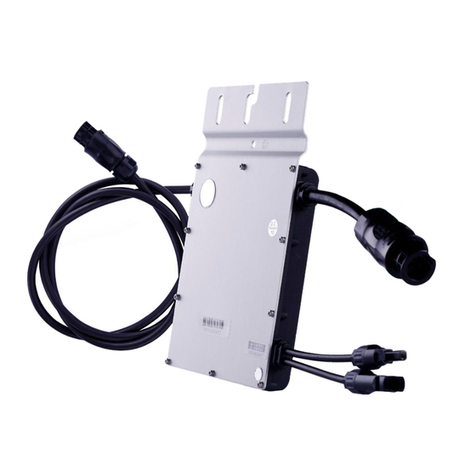
3
Table of Contents
Overview / first steps ...............................................................................................................6
Intended use ............................................................................................................................6
Scope of delivery .......................................................................................................................6
Safety ........................................................................................................................................7
General safety warnings ...........................................................................................................7
Control elements......................................................................................................................9
Components of the electric generator .......................................................................................9
Components of the electric generator .....................................................................................10
Functioning and mode of operation.....................................................................................12
Operation ................................................................................................................................13
Transporting the generator ......................................................................................................13
Refuelling ................................................................................................................................15
Starting the generator............................................................................................................18
Connecting/disconnecting consumers................................................................................20
Charging batteries..................................................................................................................22
Deactivating the electric generator ......................................................................................24
Cleaning the electric generator.............................................................................................25
Storing/decommissioning the generator .............................................................................26
Maintenance ...........................................................................................................................27
Maintenance plan ....................................................................................................................27
Motor oil ..................................................................................................................................28
Air filter ....................................................................................................................................29
Cleaning the spark arrester .....................................................................................................32
Troubleshooting .....................................................................................................................33
Table of Contents




















